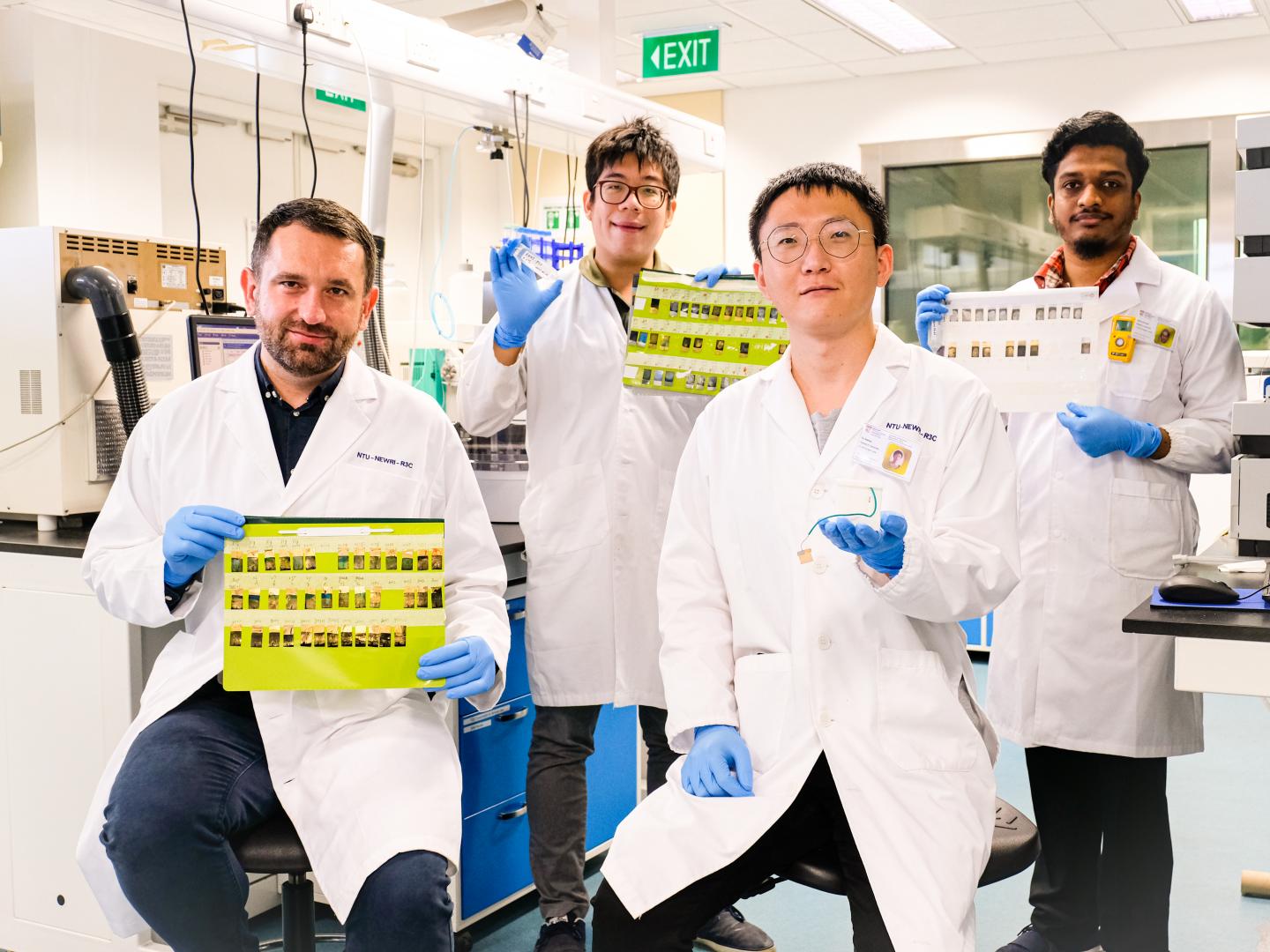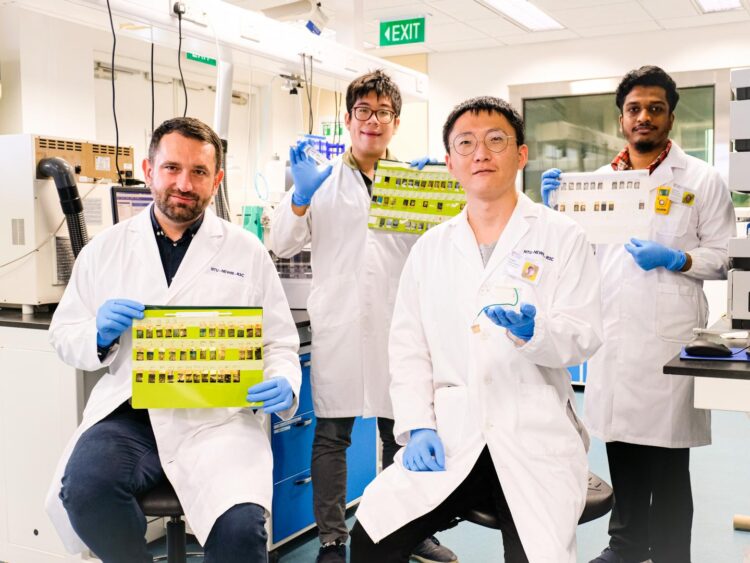
Credit: NTU Singapore
A team from Nanyang Technological University, Singapore (NTU Singapore) has developed a portable device that produces high-resolution 3D images of human skin within 10 minutes.
The team said the portable skin mapping (imaging) device could be used to assess the severity of skin conditions, such as eczema and psoriasis.
3D skin mapping could be useful to clinicians, as most equipment used to assess skin conditions only provide 2D images of the skin surface. As the device also maps out the depth of the ridges and grooves of the skin at up to 2mm, it could also help with monitoring wound healing.
The device presses a specially devised film onto the subject’s skin to obtain an imprint of up to 5 by 5 centimetres, which is then subjected to an electric charge, generating a 3D image.
The researchers designed and 3D printed a prototype of their device using polylactic acid (PLA), a biodegradable bioplastic. The battery-operated device which measures 7cm by 10cm weighs only 100 grams (See Image 1)
The made-in-NTU prototype is developed at a fraction of the cost of devices with comparable technologies, such as optical coherence tomography (OCT) machines, which may cost thousands of dollars and weigh up to 30 kilogrammes.
Assistant Professor Grzegorz Lisak from NTU’s School of Civil and Environmental Engineering, who led the research, said: “Our non-invasive, simple and inexpensive device could be used to complement current methods of diagnosing and treating skin diseases. In rural areas that do not have ready access to healthcare, non-medically trained personnel can make skin maps using the device and send them to physicians for assessment.”
Providing an independent comment on how the device may be useful to clinicians, Dr Yew Yik Weng, a Consultant Dermatologist at the National Skin Centre and an Assistant Professor at NTU’s Lee Kong Chian School of Medicine, said: “The technology is an interesting way to map the surface texture of human skin. It could be a useful method to map skin texture and wound healing in a 3D manner, which is especially important in research and clinical trials. As the device is battery-operated and portable, there is a lot of potential in its development into a tool for point of care assessment in clinical settings.”
Asst Prof Dr Yew added: “The device could be especially useful in studies involving wound healing, as we are currently lacking a tool that maps the length and the depth of skin ridges. Currently, we rely on photographs or measurements in our trials which could only provide a 2D assessment.”
First author of the study, Mr Fu Xiaoxu, a PhD student from NTU’s School of Civil and Environmental Engineering, said: “The 3D skin mapping device is simple to operate. On top of that, a 1.5V dry battery is all that is necessary to run the device. It is an example of a basic, yet very effective application of electrochemistry, as no expensive electronic hardware is required.”
Published in the scientific journal Analytica Chimica Acta this month, the technology was developed by Asst Prof Lisak, who is also Director of Residues & Resource Reclamation Centre at the Nanyang Environment and Water Research Institute (NEWRI) and his PhD student, Mr Fu Xiaoxu.
The ‘golden’ solution to 3D skin mapping
The key component of the NTU device is a polymer called PEDOT:PSS , commonly used in solar panels to convert light into electricity. However, the team found a different use for its electrical conductivity – to reproduce skin patterns on gold-coated film. Gold is used as it has excellent electrical conductivity and flexibility.
To use the device, a person pushes a button to press the gold-coated film onto the subject’s skin to obtain an imprint. This causes sebum, an oily substance produced by the skin, to be transferred onto the film, creating an imprint of the skin surface (see video).
Next, the imprint of the skin is transferred to the portable device where a set of electrodes is immersed in a solution. With another push of a button, the device triggers a flow of electric charge, causing PEDOT:PSS to be deposited on the surfaces of the gold-coated film in areas that are not covered with sebum. This results in a high-resolution 3D map of the skin, which reflects the ridges and grooves of the subject’s skin.
Using pig skin as a model, the researchers demonstrated that the technology was able to map the pattern of various wounds such as punctures, lacerations, abrasions, and incisions.
The team also showed that even the complex network of wrinkles on the back of a human hand could be captured on the film. The thin film is also flexible enough to map features on uneven skin areas, such as the creases of an elbow and fingerprints.
Asst Prof Lisak added: “The device has also proven to be effective in lifting fingerprints and gives a high-resolution 3D image of their characteristics.” (See Image 2)
Commenting on the potential uses of the device, Asst Prof Dr Yew added: “The device may aid in fingerprint identification, which is commonly performed in forensic analysis. The device could offer a higher degree of accuracy when it comes to differentiating between similar prints, due to the 3D nature of its imagery.”
To further validate its efficacy, the team is exploring conducting clinical trials later this year to test the feasibility of their device, as well as other potential therapeutic uses.
###
Media Contact
Joseph Gan
[email protected]
Original Source
http://news.
Related Journal Article
http://dx.





